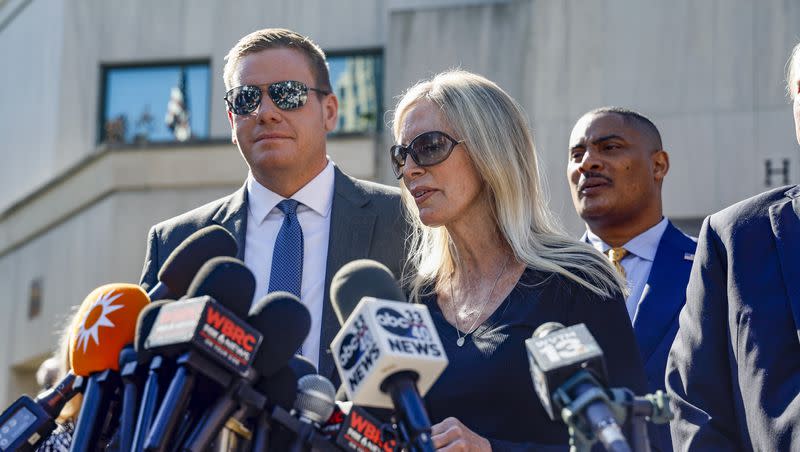Natalee Holloway’s case taught me to be scared

- Oops!Something went wrong.Please try again later.
Amid the current surge in true crime content, it’s hard to remember that I was once blissfully unaware of the dangers of walking alone at night, connecting with strangers and putting too much trust in a new friend.
Sure, I knew from a young age not to climb into an unmarked van in pursuit of candy or ride my bike too far away when it was getting dark, but, until I was 15, life felt like a grand adventure, one in which taking risks would result in better stories to tell my friends.
My perspective shifted in 2005 when I saw news reports on Natalee Holloway. A teenager like me, she’d gone on a senior class trip to Aruba and never returned home.
Holloway’s story caught my attention because she’d disappeared in the middle of the kind of night out that I daydreamed of having when I was 15. She’d traveled to a foreign country, gone dancing with friends and even met a man who’d wanted to get to know her better.
Related
In my daydreams, these activities amounted to harmless fun. The travel, the dancing, the man — they were just experiences to have on the path to becoming a full-fledged adult.
But for Holloway, they were a nightmare. That man she met, Joran van der Sloot, killed her for rejecting his sexual advances and then pushed her body into the ocean, acts he’s finally confessed to after 18 years, according to CNN.
Back in 2005, no one was sure of what had happened. Van der Sloot became a suspect in Holloway’s disappearance, but year after year, there was no conclusion to the case.
Still, the moral of Holloway’s story was clear, at least to young women: Don’t let your guard down. Don’t go off alone with strangers. Don’t assume you’re safe.
Looking back, I can see that Holloway’s disappearance and the media firestorm it inspired forever changed what I expected from life. Gone was the sense that adventure waited for me around every corner; it was replaced with the certainty that something threatening lurked there instead.
I think all of us have one or more of these cases, the crimes that make you hold your kids a little tighter or walk faster from the door to your car at night. Being cautious isn’t a bad thing, but there’s nothing to celebrate about being scared to take the right kinds of risks.
Eighteen years after Holloway’s death, I remain a little too worried about letting my guard down. I meet new people and I go new places, but I never stop thinking about what could go wrong.
That’s the less talked about tragedy that followed Holloway’s tragic, untimely death, and it’s one that seems to follow any murder thrust under an international spotlight.
These crimes teach us to distrust one another. They lead us to daydream about what we’d do if we felt truly safe.

